A beginners guide to Caribbean spices
Understanding Spices
Your cart is empty.
SUBTOTAL
£0.00

Understanding Spices
From Jamaica to the Dominican Republic and Haiti to Barbados, nowhere does food quite like the Caribbean. You’ll often find a beautiful variety of spices mixed into all kinds of dishes containing rice, beans, cassava, bell peppers, chickpeas, tomatoes, coriander, sweet potatoes, coconuts, fish, beef, pork and chicken. This combination of great food, beautiful locations, tropical weather and friendly locals make it a place that’s very hard to resist. Some might say paradise!
However, given current travel restrictions and its vast distance from home, you may not be able to make it there right now. So, perhaps you fancy cooking up one of their dishes instead? To help you out in prepping for this, below, we’ve given you a beginners guide to Caribbean spices.
Firstly, you may be wondering, how did spices end up in the Caribbean? Have they always grown there? Whilst some are native to the islands, it is indisputable that West African cooking has had a huge impact on Caribbean cuisine.
Through the 18th and 19th centuries, at the height of European Empirical dominance, vast trade networks were established around the globe. This included the infamous trans-Atlantic ‘triangular trade’ – the flow of slaves from the western coast of Africa to the Caribbean islands and the southern United States, which in turn provided the flow of sugar, tobacco and cotton to Europe which, in turn, provided a flow of textiles, rum and other manufactured goods down to the west coast of Africa, traded in return for more slaves.
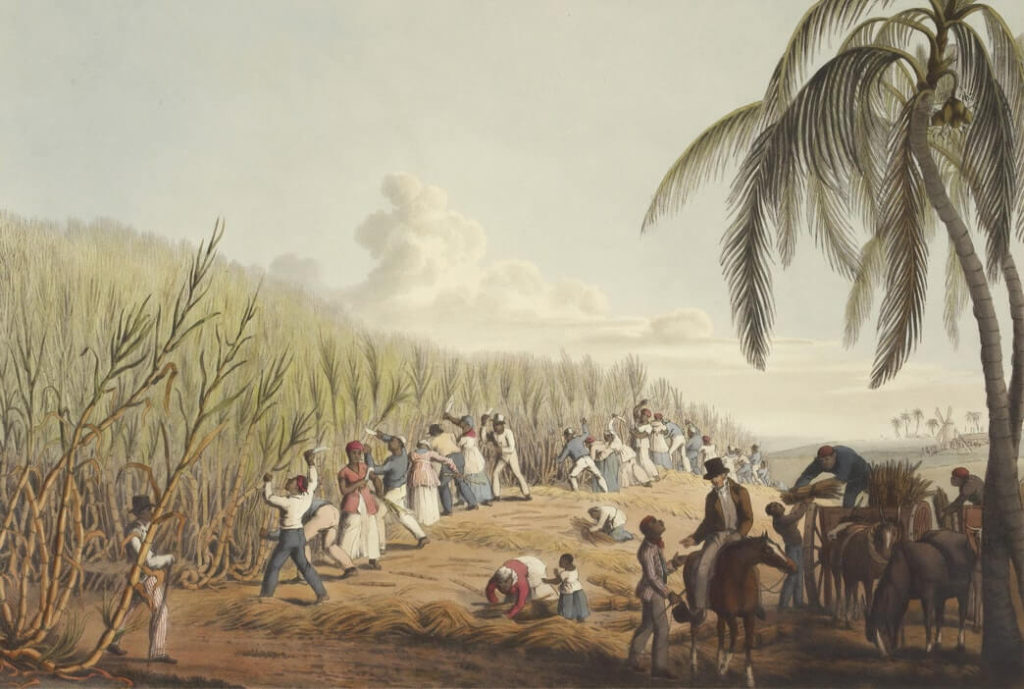
It was a brutal cycle and a shameful part of history. However, if there were to be a silver lining to this painful chapter of human history, it is perhaps in how the slaves from Africa brought with them their cooking knowledge and traditions to the Caribbean. Because alongside the slaves, the ships from a number of different empires also delivered spices from all around the world. And not just from Africa.
Take India for example. During the era of British colonization across many of the islands, it’s estimated that nearly half a million Indians were transported over to work as indentured servants. It is these servants and slaves who blended local ingredients with their own spices, culture and knowledge that give us so many of our favourite Caribbean dishes.
In India’s case, you will find a lot of curry throughout the Caribbean. Throughout the many street food stalls and vendors you encounter across the islands, a lot of them will be selling Roti – a flatbread similar to naan that’s grilled and served with curry. Very simple, very tasty and most certainly very Indian.
There are also a lot of stews and soups – one-pot dishes that were again a product born out of the slaves’ necessity to make do with what they had. Here, with limited means, cooks still managed to get inventive. Across the islands, you’ll quickly become accustomed to a number of soups ranging from relatively thin vegetarian options, to thick stews, including goat meat or fish and yams. There are also the pepper pots that all use the Scotch bonnet pepper. More on that (very hot pepper!) soon.
Being island nations, it’s only natural that you’ll also find a fantastic selection of seafood dishes too. Flying fish and the grouper are just two of many popular options whilst cured and dried saltfish is an ingredient found throughout many recipes. One of Jamaica’s most popular dishes is brown stew fish. It’s an island delicacy made by combining marinated and fried fish fillets with a brown sauce that consists of onions, garlic, ginger, tomatoes, butter, and water. Additionally, it’s often seasoned with thyme and various types of hot peppers. Plenty of spices in here!
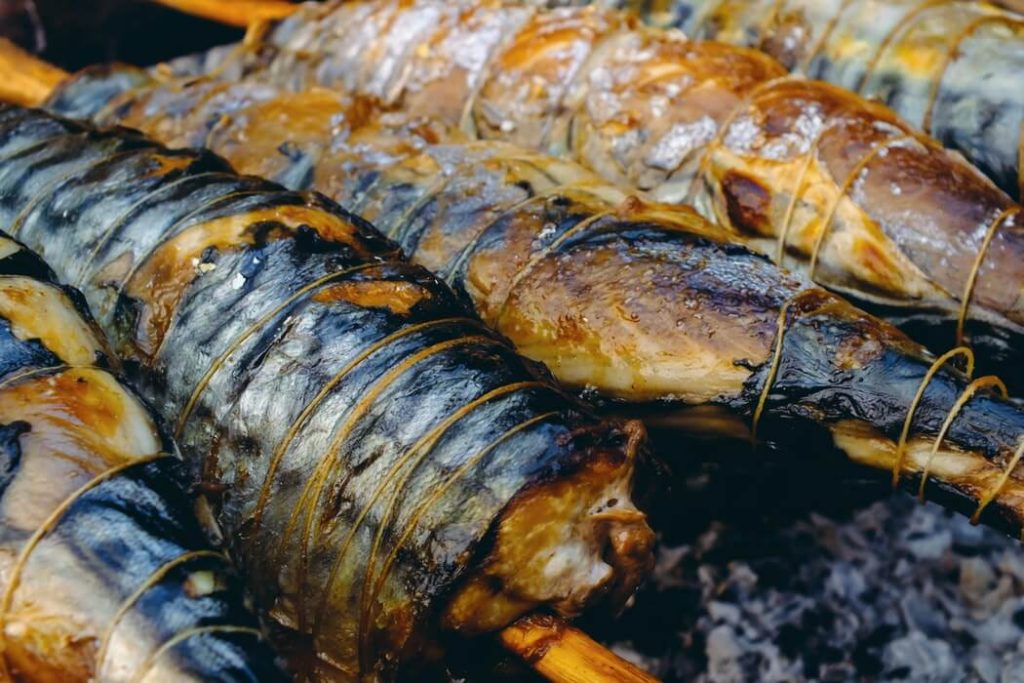
And whilst on the topic of Jamaica, it would be criminal not to mention Jamaican jerk-style preparation. The sweet, spicy, tangy marinade originated on the island and is now one of its most famous exports. A real worldwide sensation.
However, for the most authentic experience, it’s still recommended to visit a ‘proper’ Jamaican jerk joint where the meat is cooked directly on the fresh, green wood of the Pimento (allspice) tree. Meanwhile, on top, sheets of metal press down and ensure that the smoke permeates deep inside your choice of meat. It’s a little slice of heaven on earth.
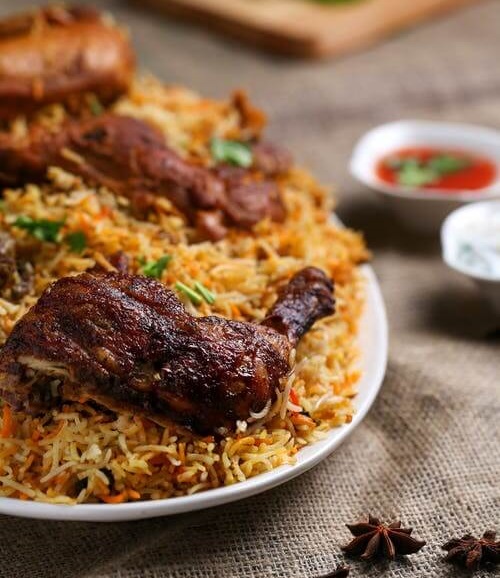
Influenced by so many cultures and people, it’s clear to see that Caribbean cooking is incredibly dynamic and varied, yet maintains a very individual, unique character that stands out amongst world cuisine.
So, what are some of the most common spices you should use when cooking up some of these Caribbean dishes?
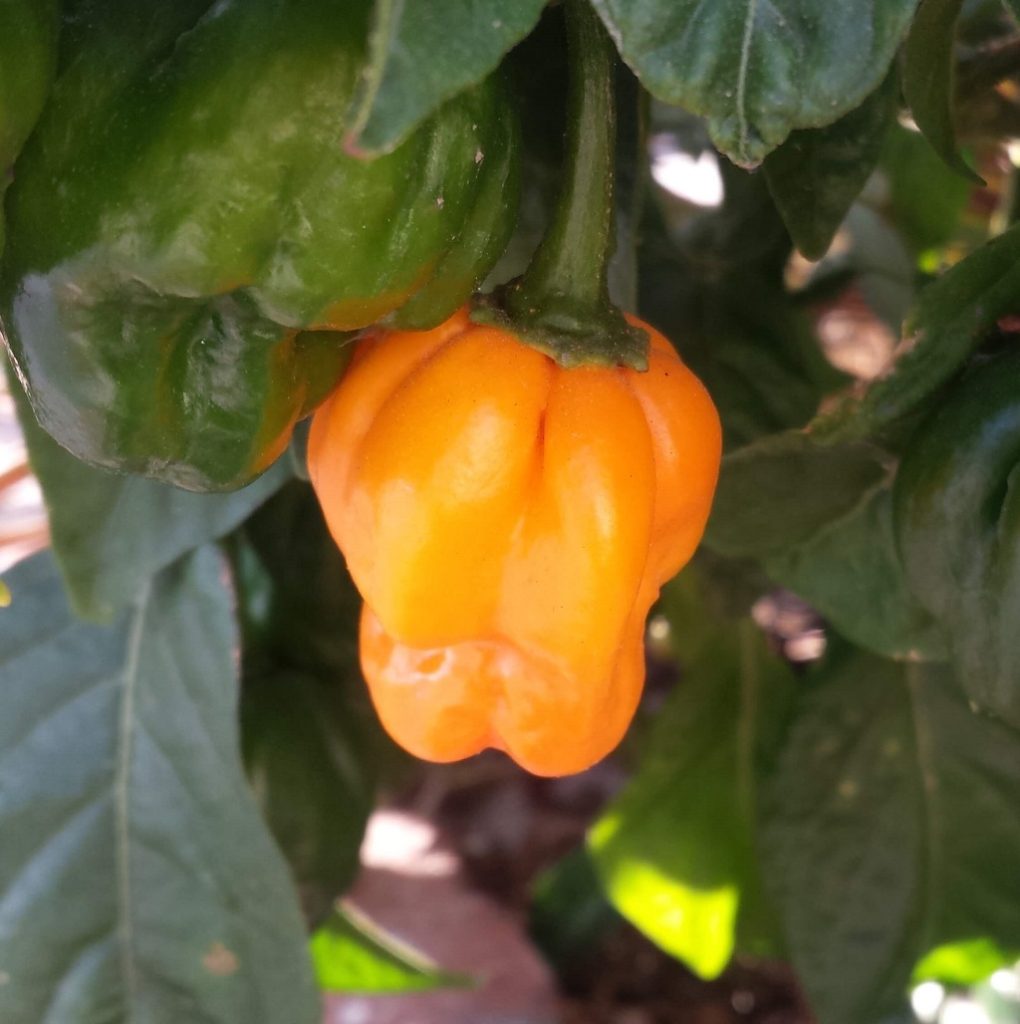
The scotch bonnet, also known as ‘bonney peppers’ or Caribbean red peppers, are the key ingredient to many of the islands’ dishes – most notably jerk cooking, as we previously mentioned. They range between 80,000 – 400,000 on the Scoville scale which, in other words, is very, very hot. Amongst some of the hottest peppers you can buy on earth. For context, the average jalapeño sits at 2,500 – 8,000 on the same scale.
The scotch bonnet ranges in colour from green, to yellow, to scarlet red. You’ll also find some variants will ripen to orange, peach and bizarrely, even a shade of chocolate brown. Although they pack a heavy punch, they’re rather small and wrinkly.
Alongside being used in the marinade and dry rub of jerk preparation, you will also find these peppers make their way into just about everything else from soups and stews to chicken and fish. Furthermore, they can be used purely as a condiment, helping to add the spice and kick needed in a hot, tangy sauce on the side.
It’s advised that when cooking with these little nuclear bombs, you should keep them well away from your eyes and wear gloves! Also, it’s worth noting that removing both the membrane and the seeds from inside the pepper can help in reducing the heat. This, coupled with serving sides that are high in starch and acid, may add some very welcome relief.
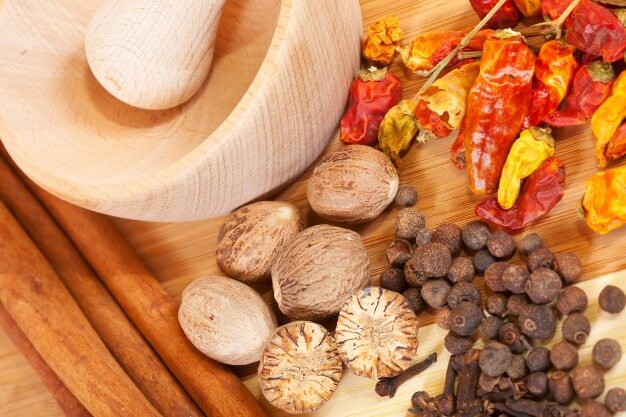
Another essential ingredient in jerk is allspice. It’s a name originally coined by the English in 1621 due to the fact it possesses a mixture of flavours such as cinnamon, nutmeg and clove.
Allspice is otherwise known as pimento – it’s these small little berries that grow on the Pimenta plant that are ground and dried to create allspice. Traditionally the berries are picked whilst still green and unripe, then left to dry in the sun where they brown. Eventually, they’ll resemble something quite similar to the small, round and smooth granules you associate with peppercorns. Hence another name for them ‘Jamaican Peppercorns.’
Alongside being used in marinades for jerk cooking, allspice can be found in both sweet and savoury dishes, some of which are rather festive! Mulled drinks and Christmas puddings both make use of allspice with the latter being a real hit on some Caribbean islands. Together with cinnamon, ginger, nutmeg and cloves, allspice also makes a great mince pie filling.
You’ll also find it in the process of pickling fish and vegetables. A really quite diverse little spice that’s an essential in any Caribbean pantry.

Although not native to the Caribbean, the warm, tropical climate of the islands makes it the perfect place for this much-loved little spice to be cultivated. It’s used in cuisine throughout the world and Caribbean dishes are no exclusion. We doubt you’ll find a Jamaican kitchen without some!
As you’ve probably already guess by now, ginger is of course another of the key spices contributing to jerk preparation. You will however find it used throughout all Caribbean dishes adding that classic zippy, spicy flavour.
Additionally, it can be used in cookies and cakes, as well as a number of drinks! What would the Caribbean be without it’s staple choice of ginger beer, for example? It’s hard to beat that spicy, nutritional punch as it washes down some delicious jerky meat.
Ginger is also used in the cocktail ‘dark and stormy’, mixing ginger beer with the Caribbean’s’ other (perhaps more notorious) choice of drink. Rum!

Sticking with the sweeter side of things, cinnamon is another popular Caribbean spice. Again, it’s not native to the islands but it is considered essential to the cuisine, enhancing a variety of both sweet and savoury dishes. Indeed, it’s referred to as ‘spice’ or ‘hard spice’ throughout the islands.
Alongside the desserts and cakes it flavours (think cinnamon shortbread with passionfruit coulis), you can find it mixed into rum punch and ‘coquito’ – the Puerto Rican equivalent of eggnog. It’s also great for topping savoury dishes such as chicken and lamb and, of course, it’s used in preparing jerk meats.
Interestingly, a lot of the Caribbean curries use Garam Masala, of which cinnamon is a key ingredient. Whatever you’re cooking up in this area of the world, cinnamon is clearly a must-have.

Nutmeg is cultivated both in Indonesia and here, all over the Caribbean. Grenada plays a particularly pivotal role in production and their national flag (adorned in 1974) shows one such nutmeg fruit split open.
The spice itself is taken from the seed of the dark-leaved and evergreen nutmeg tree. Over six to eight weeks, the seeds are dried in the sun and then cracked open. With the nutmegs picked out, they are ground down and give us our finished spice, ready for cooking. Don’t forget the Mace which is found wrapped around the nutmeg. This is dried before use and gives off a peppery-nutmeg taste.
Moreover, the fruit/pod is also used in Grenada to make jam. For a real treat, it can be sliced, cooked with sugar and crystallised in order to make a special fragrant candy.
As for the nutmeg, it is commonly used to flavour a number of drinks such as the ‘bushwacker’, the ‘Painkiller’ and Barbados rum punch. Just a little sprinkle on top does the trick.
You’ll also find it used across a variety of both sweet and savoury dishes. A particular favourite is nutmeg chicken! A word of warning if you do plan to use this particular spice though. Keep it away from dogs. It is highly toxic to our four-legged friends and can result in fatal seizures.
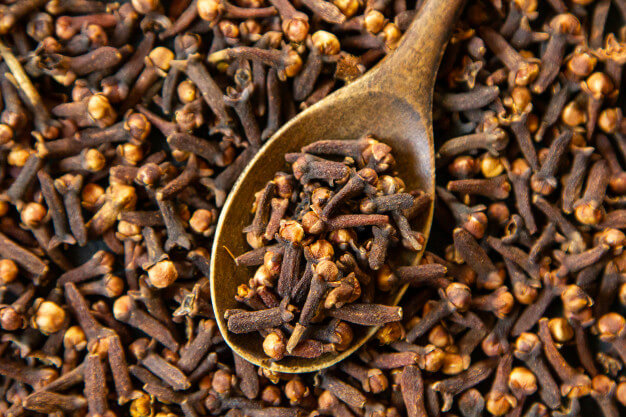
Last, but most certainly not least on our list, cloves.
You may already be familiar with these little ‘pins’. Both whole and ground, they’re used widely across the world to pack a real punch with very strong flavour. It’s sweet, bitter and astringent.
Pairing well with cinnamon, nutmeg and allspice, cloves can be used throughout a number of dishes – most notably jerk (of course!). However, that is not the only meat they’ve proven useful for. Caribbean folk are real fans of ham and cloves are often used as the spice for this meat. Have a look at the roast port used inside a Cuban club sandwich, for example. You’ll also find they’re great for flavouring Caribbean curries. It’s the chemical eugenol that contributes most to this strong flavour and you’ll find you only need a handful to really add something to your dish. In other words, please use sparingly.
Understanding Spices
Spices have long been integral to the UK's culinary landscape, adding depth, flavours, and richness to a myriad of dishes. From the pungent aroma of cumin in Indian curries to...
Read MoreNews
We want to make sure we do everything we can to get your Christmas gifts & ingredients to you in time. Order by the dates below to guarantee that we...
Read MoreUnderstanding Spices
Confetti is an essential part of any wedding day. Not only is it a wonderful way to greet a newlywed couple, but it also provides some beautiful photo opportunities. The...
Read MoreSeasonal Ideas
It’s no secret that any handmade gift will always be more special than a store-bought one. Homemade food gifts are especially wonderful, a labour of love that shows someone you...
Read More